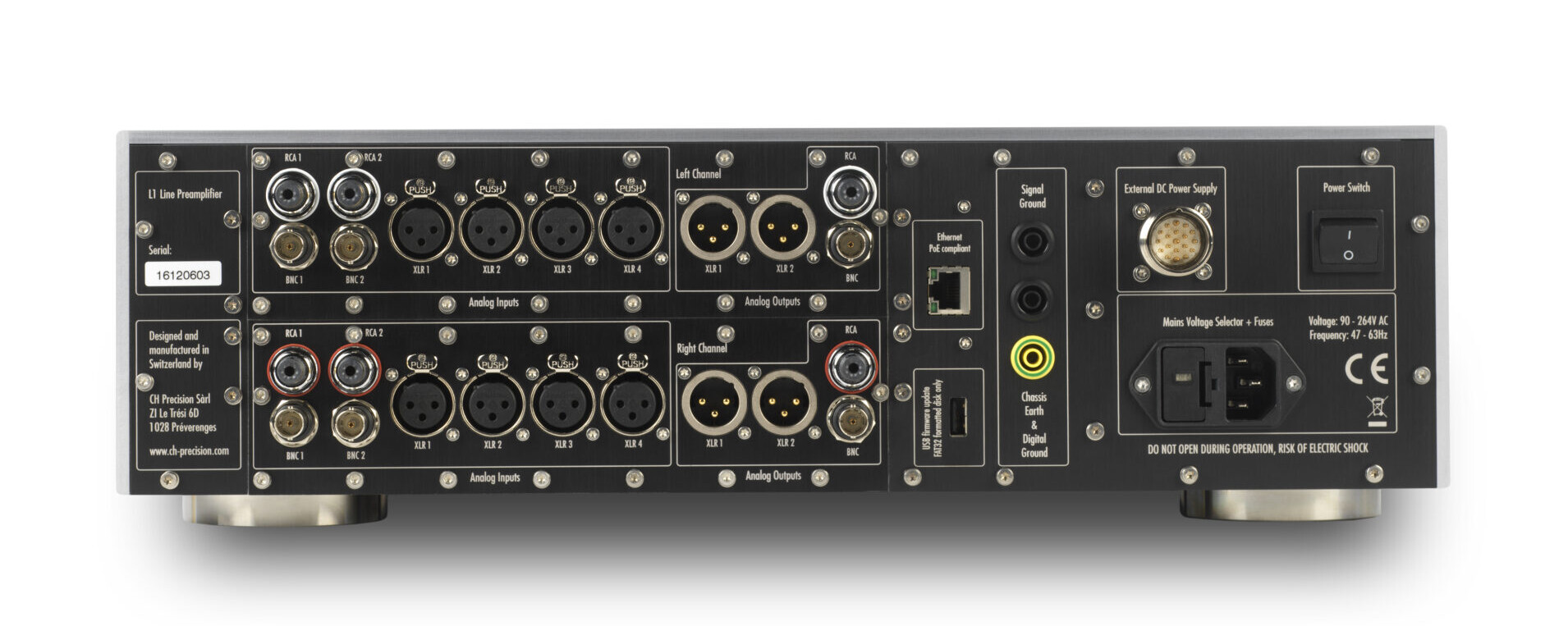Often – and despite my best, most frosty stare – my non-audio addicted guests insist on seating themselves in my listening room, even engaging in conversational topics beyond first pressings or the best way of cleaning them. Most guests would develop a neck ache if required to carry on a conversation when seated in the listening chair. When listening, it’s located in the sweet spot. Or what most people might simply identify as the middle of the room, a place where civilians expect to find a coffee table loaded with large format books and fancy magazines. That’s why it get’s moved when guests are expected.

Like most listeners, harmonizing my musical and social requirements forces me to tolerate several limitations that limit my audio erotic dreams. Speaker size has crept upwards over the years, in incremental steps small enough that my forbearing wife can (almost) pretend to ignore each change. That expansion has, reached its (current) limit with a pair of Wilson Alexia Vs, a speaker that, at 53” tall and 256 pounds per side certainly tests the integrity of my suspended wooden floor.
The larger challenge comes in the shape of amplifier size and configuration. As much as I would love to try mono-bloc amplifiers in my room, the layout of the house makes it impossible. The space between my speakers leads to a hall that in turn allows access to three other rooms: one is a study, filled with records and the balance of my audio equipment; the second is a TV video room (both rooms that visitors rarely enter); but the third is a restroom – and I cannot really expect (or want) guests to weave through mono-bloc amplifiers and their associated cabling to answer the call of nature.
Space limitations have forced me to adopt what is in some ways, a beneficial solution. As I’ve already said, my equipment is contained in a separate room, adjacent to the un-dedicated listening room, located behind the speakers. It is hooked up with 8 meters of Nordost Valhalla 2 speaker cable, fed through the void under the floors. The equipment is shoe-horned into a room otherwise filled with records, CD racks and office equipment. If I can’t put mono-blocs between the speakers, I definitely can’t fit them in here. An HRS RXR and a Stillpoints ESS rack (with various supports, bases and damping plates from HRS, Stillpoints and Neodio) support the core electronics, an Audio Research Reference 160S amplifier, Reference 6 SE preamplifier and Reference 3 SE phono stage. Turntable is a Spiral Groove SG1.2 turntable with a couple of Centroid tonearms, Lyra Atlas Lambda, Fuuga stereo and Lyra Etna mono cartridges, while digital replay is provided by a Neodio Origine CD player. The whole lot is hooked up using an AudioQuest Niagara 7000 power conditioner and Valhalla 2 power and signal cables. It’s what might be called a densely packed rig!
“Moving on up…”
Over the years, one way or another, I have listened to pretty much every piece of equipment in the CH Precision line, much of it in multiple different systems. Sadly, the extravagant, multi-box solutions that inhabit the upper reaches of the CH Precision line clearly require a far more capacious space than I can provide. But that hasn’t stopped me flirting with their ‘entry-level’ options. In 2019 I installed the CH Integrated amplifier in my system and found much to like, especially for someone looking for a one-box solution. In 2021, the A1.5 amplifier, the L1 line-stage and the P1 phono-stage came visiting, with impressive results. They were followed by the D1.5 CD/SACD player/transport in 2022. My all too brief time spent with those units convinced me that the wall between vacuum tube and solid-state sound had not only been breached but obliterated, although (in the case of the separates) at a cost beyond what might make my all-tube system blush.

